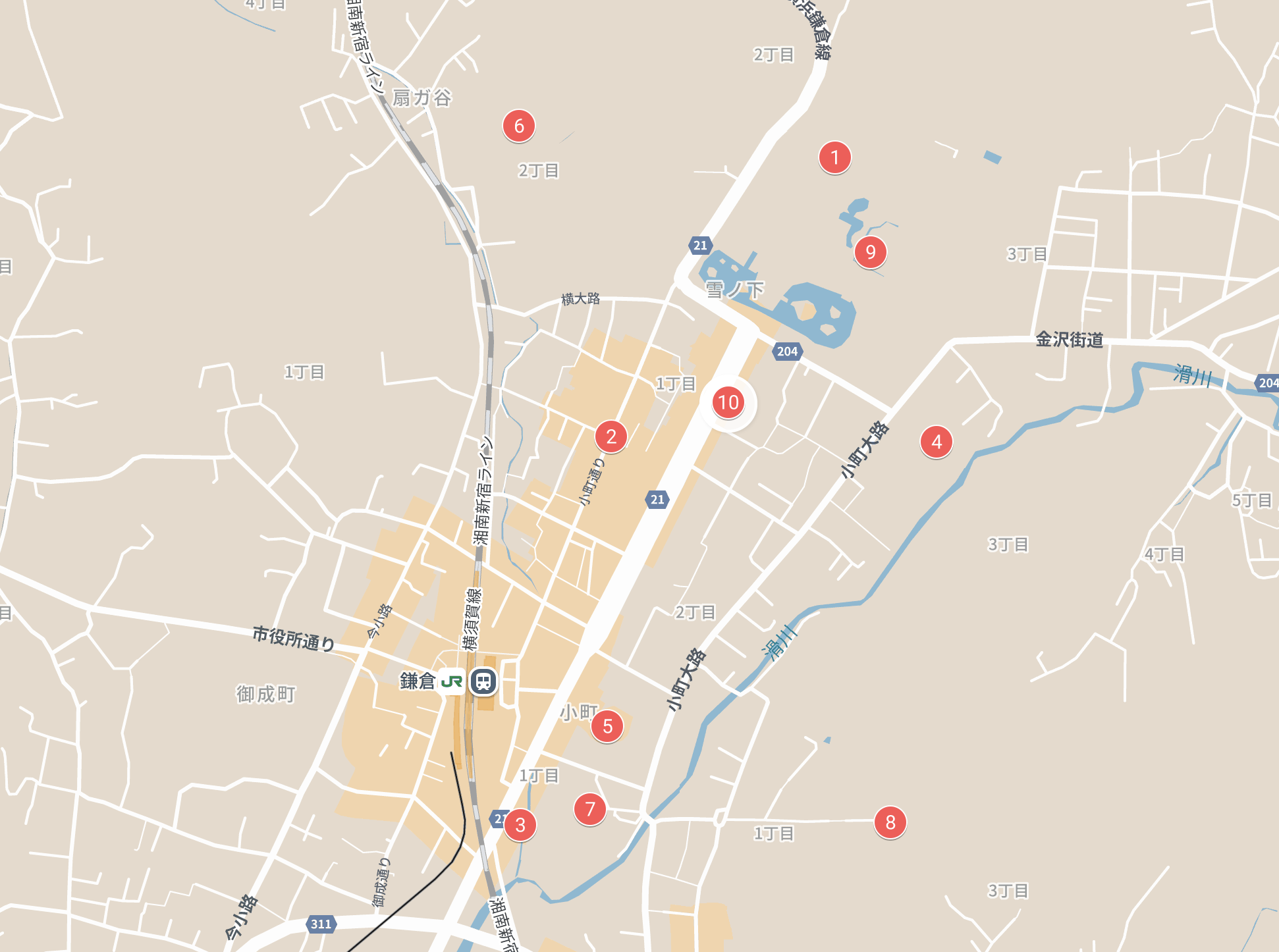AREA
A
AREA
A
鎌倉駅東口エリア
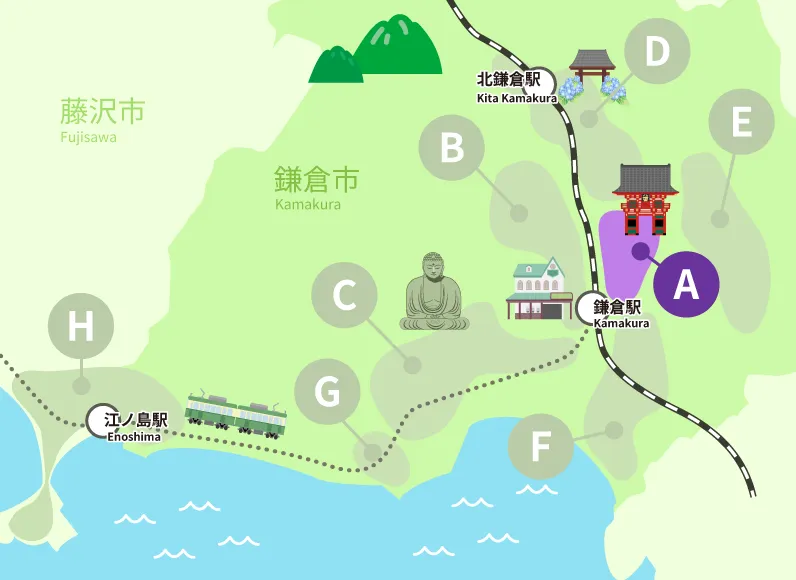
小町通りの賑わいから鶴岡八幡宮の静寂へ。 時代を超えたショッピングと精神文化の旅。 毎訪問が新発見。
Toshi’s鎌倉観光マップ
特徴
鎌倉駅東口エリアは、活気あふれる商店街や多彩なレストランが並ぶ、鎌倉の魅力的な玄関口です。
小町通りでは、古き良き雰囲気と現代的なショッピングの融合が楽しめ、伝統的な土産物から最新ファッションまで250軒以上の店舗が揃っています。
賑やかな通りを散策しながら、鎌倉の文化や味覚を堪能できます。
また、鶴岡八幡宮は源頼朝によってその地位が築かれた鎌倉の精神的中心地です。
開運や必勝祈願、縁結びなどのご利益があるほか、独特の上下両宮の構造や壮大な大石段が見どころ。
鎌倉の歴史的背景と深い精神性を体感できます。
地元の食材を楽しみたい方には「鎌倉市農協連即売所(レンバイ)」が最適。
新鮮な鎌倉野菜をはじめとする四季折々の農産物が購入でき、地元の味を存分に楽しめます。
歴史的建築に触れるなら、宝戒寺や大巧寺などの寺院訪問がおすすめです。
それぞれが鎌倉の歴史と精神性を反映し、訪れる人々に穏やかな癒しを与えています。
鎌倉駅東口エリアは、古と新が融合する鎌倉の魅力を凝縮した場所。
訪れるたびに新たな発見があり、何度でも楽しめるエリアです。
観光スポット
-
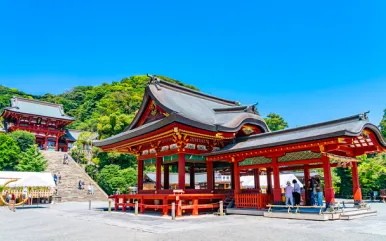
鶴岡八幡宮
歴史の証人
鎌倉を守る神聖なる力鎌倉の精神的中心地で、源頼朝によってその地位が確立された。鎌倉幕府の主要な神社として、武士たちの都の心の支えであり、大石段や若宮を含む特徴的な上下二つの区域から成る構造を持つ。開運、家内安全、必勝祈願、仕事運向上などのご利益を授かり、縁結びの場としても名高い。伝統行事を通じて、訪れる人々に歴史の息吹と共に平和と希望のメッセージを伝えています。
-
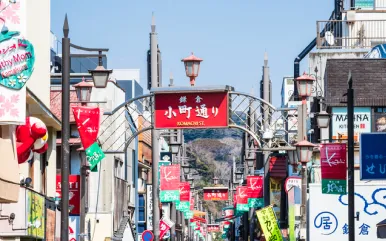
小町通り
鎌倉の伝統と
トレンドが交差する通り鎌倉駅から鶴岡八幡宮へと続く、活気あるショッピングストリートです。250軒を超える店舗が並び、伝統土産から最新ファッションまで幅広く提供しています。
-
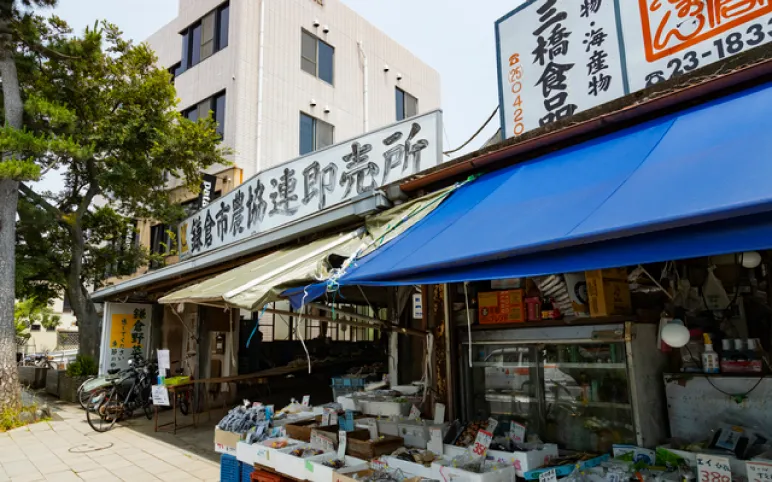
鎌倉市農協連即売所
鎌倉野菜の発祥地
地元農家直売の旅鎌倉市農協連即売所(レンバイ)は地元農家が運営する直売所で、「鎌倉野菜」の発祥地として知られます。肥沃な土壌で育った味の濃い、農薬を極力抑えた安全な野菜を提供し、四季折々の旬の野菜が楽しめることで、地元はもちろん横浜や東京の料理人にも愛されています。日本初のヨーロッパ式マルシェと称され、農家が直接消費者に販売するシステムは訪れるたびに新しい発見があります。レンバイは、鎌倉訪問の際に欠かせないスポットです。
-
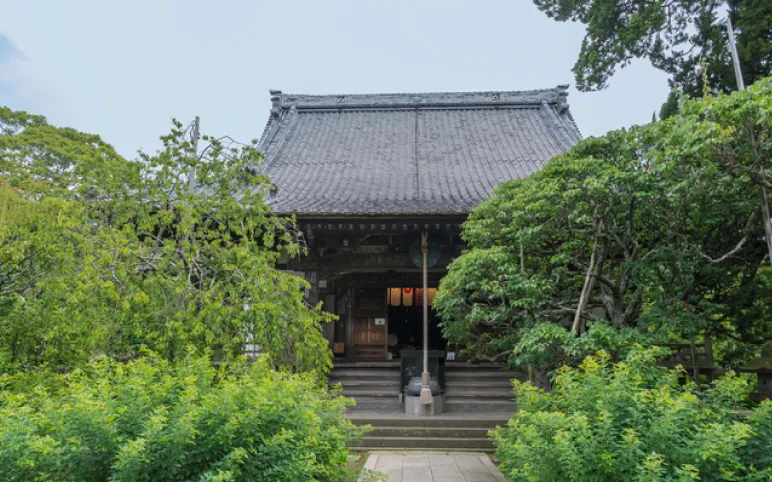
宝戒寺
鎌倉の歴史を彩る、
北条一族の魂を慰める聖地14世紀中頃、足利尊氏によって創建された天台宗の寺院で、鎌倉幕府滅亡後の鎌倉攻めで亡くなった北条一族の霊を弔うために建てられました。本尊は子育てと経読の守護神である地蔵菩薩で、国の重要文化財に指定されています。境内には聖徳太子を祀る太子堂があり、四季折々の花々、特にハギの美しさで知られる鎌倉の静かな隠れ家です。歴史と自然の美しさを併せ持つこの寺院は、訪れる人々に穏やかな癒しを提供します。
-
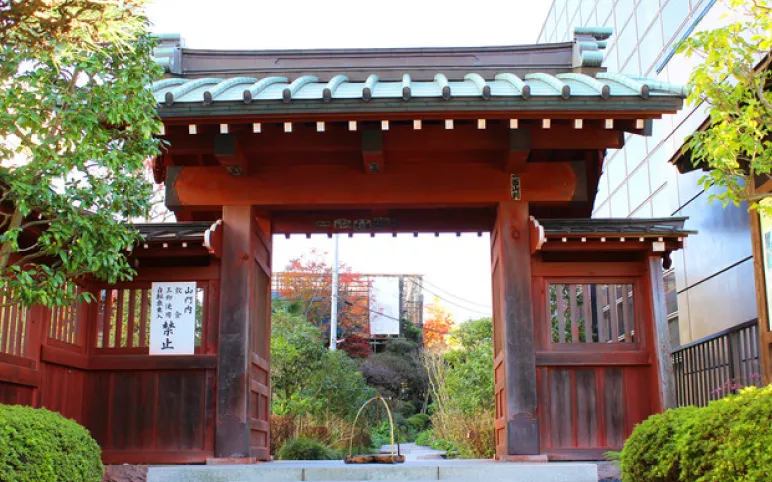
大巧寺(おんめさま)
安産の祈りが響く庭
大巧寺の四季大巧寺(だいぎょうじ)は鎌倉にある安産祈願で知られる特別な寺院で、「おんめさま」として親しまれています。四季折々の花が咲く美しい庭園で有名で、源頼朝の歴史が息づくこの地は、日蓮宗に改宗された後も、安産の神として深く信仰される「おんめさま」のおかげで、全国から妊婦が訪れます。鎌倉駅からわずか3分の便利な立地にあり、訪れる人々に安らぎと祈りの場を提供し続けています。
-
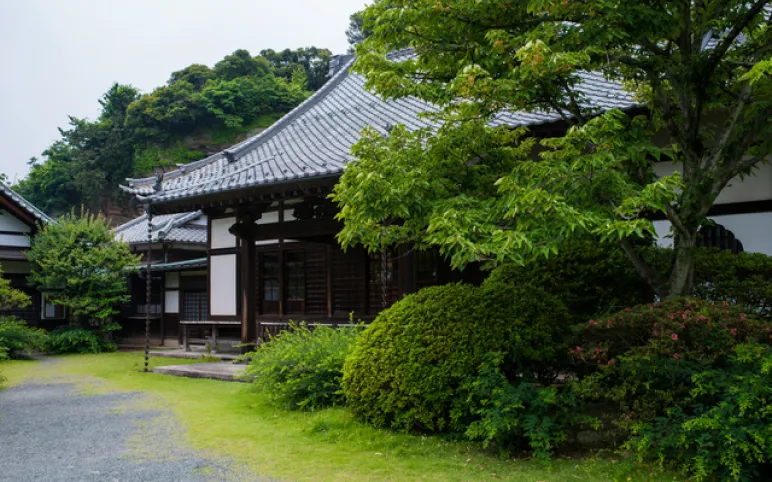
浄光明寺
時代を超えて語り継がれる
鎌倉の守護寺院様々な仏教宗派の教えを学ぶことを掲げる歴史深い寺院で、鎌倉幕府と室町幕府の歴史に深く関わり、時の権力者に支えられました。国の重要文化財である阿弥陀三尊像や矢拾地蔵(やひろいじぞう)などの貴重な宝物を保持し、裏山には鎌倉時代の墓穴や網引地蔵があり、鎌倉の古き良き時代を今に伝える場所として、訪れる人々に深い感銘を与えます。
-
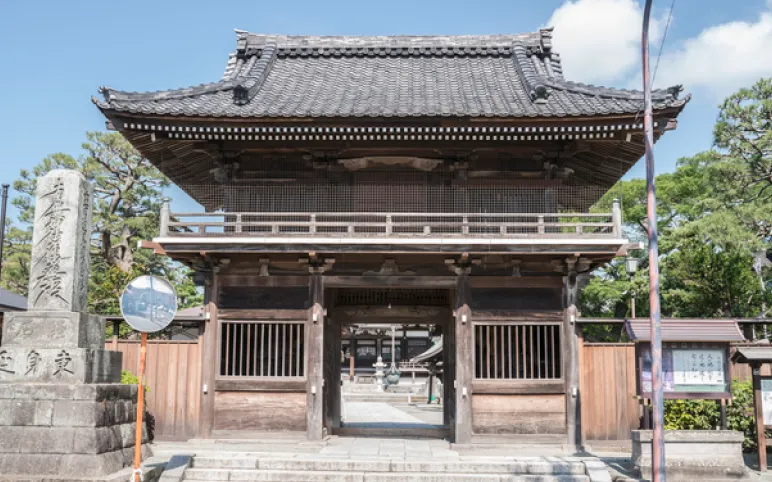
本覚寺
時を超える鎌倉の守護者
商売繁盛と縁結びの祈り本覚寺(ほんがくじ)は、源頼朝が創建した、夷堂(えびすどう)の跡に建つ寺院です。商売繁盛や縁結びの神様、夷様(えびすさま)を祀り、日蓮宗(にちれんしゅう)の教えを広める重要な拠点となっています。宋風の美しい木像や文化財に指定された仏像が安置されており、新年や1月10日の祭り時には参拝者で賑わいます。四季折々の花が咲き誇る庭園と幸運をもたらす「にぎり福」が人気のスポットです。
-

妙本寺
静寂と歴史が織り成す秘境の寺院
妙本寺は、日蓮宗最古の寺院で、鎌倉駅から徒歩10分という好立地にありながら、観光客が少なく静かで落ち着いた雰囲気が漂います。13世紀初頭に比企一族が滅ぼされた地に建立され、豊かな緑と四季折々の花々が美しく、特に桜やカイドウの季節は必見です。境内には日蓮の像や比企の乱で亡くなった人々を慰める蛇苦止堂があり、国の重要文化財も多数保管されています。事前予約で写経体験も可能で、心静かに過ごせる鎌倉の隠れた名所です。
-
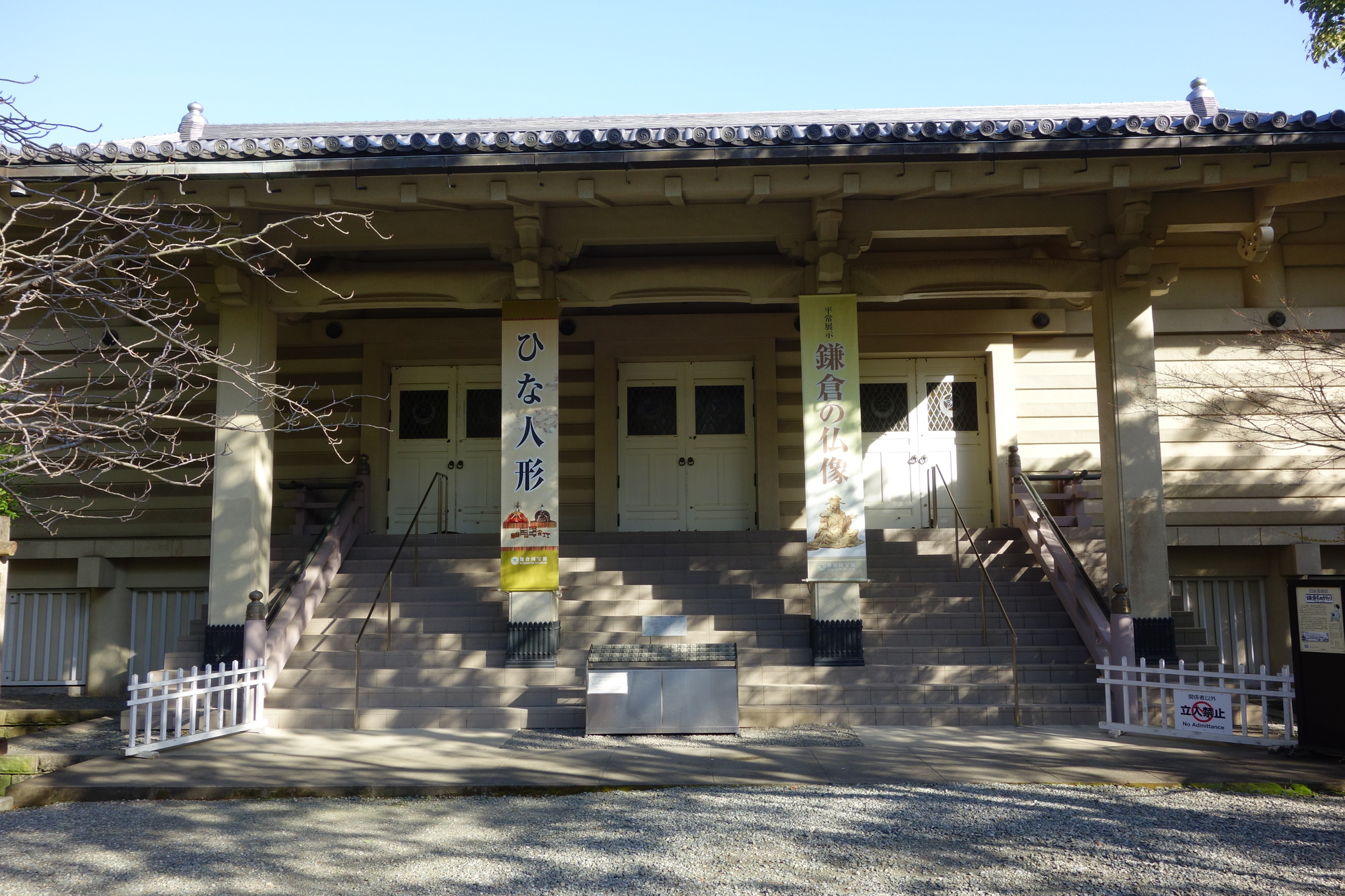
鎌倉国宝館
国宝と重要文化財に触れる、仏像の迫力を堪能する場所
鎌倉国宝館は、関東大震災の教訓を受け、昭和3年(1928年)に設立された歴史的施設です。鶴岡八幡宮境内にあり、鎌倉時代から室町時代を中心とした国宝や重要文化財を展示しています。仏像をガラスケースなしで間近に鑑賞でき、歴史的建築の中で圧倒的な存在感を感じることができる貴重な文化スポットです。
-
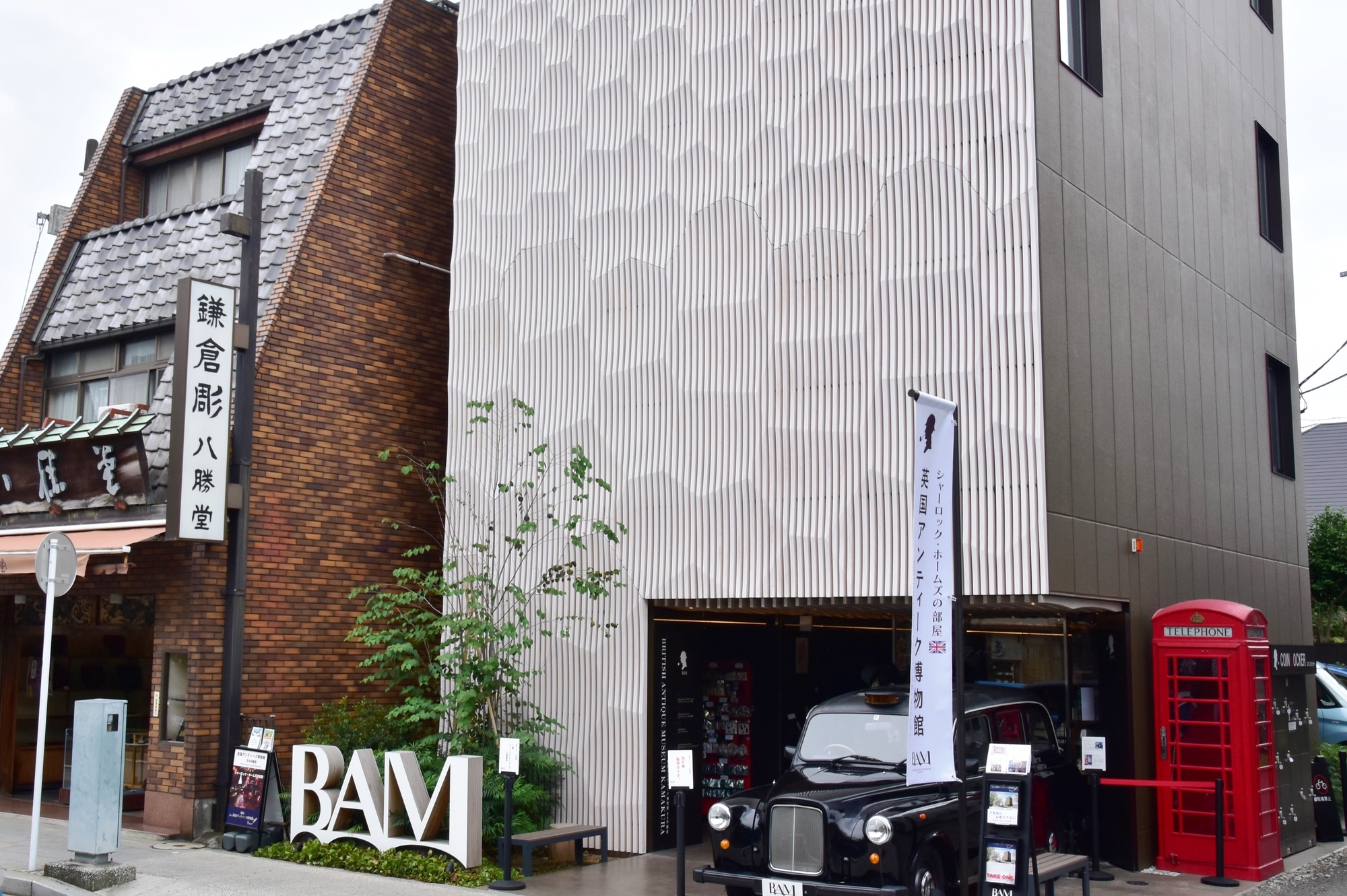
英国アンティーク博物館BAM鎌倉
時を旅する英国の美、鎌倉に佇む
鎌倉の歴史情緒と英国アンティークの美が融合する「英国アンティーク博物館 BAM鎌倉」は、建築家・隈研吾(くま けんご)氏のデザインによる檜(ひのき)の外観が印象的な文化施設です。館内では、ヴィクトリア時代(19世紀後半)を中心とした英国の調度品や「シャーロック・ホームズの部屋」などが精巧に再現され、まるで時空を旅するような体験が味わえます。鎌倉駅からも近く、四季折々の自然とともに、日英の美意識が交差する新しい鎌倉の魅力を発見できます。

